A more or less good camera costs a lot of money. But the corresponding "glass" to it sometimes costs even more. And even if you are content with the standard lens that came with the camera, it still needs proper care. Otherwise, the quality of your images will deteriorate over time, and then the lens will completely become unusable.
The three main enemies of the lens are dust, moisture and mold. This is especially true for travelers, although the problem is also relevant for studio photographers. In any case, the device can be protected from all three threats.
A high-quality UV filter is a great way to protect the lens from dust, moisture and even bumps. If you buy an expensive lens, such a piece of glass, even inexpensive, will be a good investment in its service life.
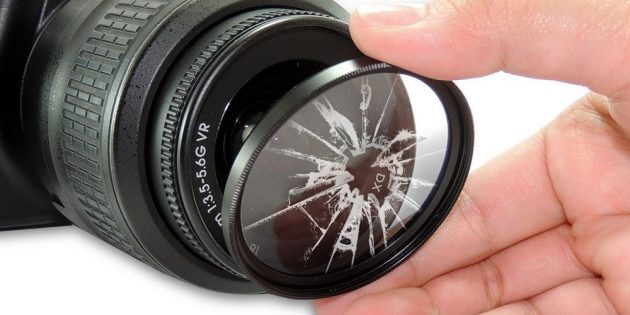
Some argue that when using a UV filter, the image quality deteriorates slightly, so it's better not to skimp and buy a more expensive option. In fact, the loss of quality is minuscule, so this disadvantage is incommensurable with all the advantages of such a filter.
When you disconnect one lens from the camera and connect the other, dust, moisture and small particles can get into the camera mechanism. Therefore, always point the device with the hole facing down.
In order not to have to change the "glass" on the go, it is better to think in advance which focal length is preferable for you. In wild conditions, it is possible to protect the matrix from harmful effects, except by putting the lid on the camera opening as quickly as possible.
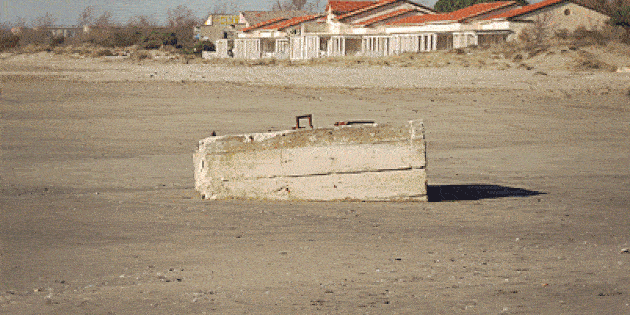
Alternatively, use a variable focal length lens so that you can shoot both close-ups and general shots. A good example is on the gif.
A camera bag would be a great purchase. It should have a compartment for one or more lenses, and it should also be protected from falls. If there is no bag, wrap the lens well in a sock.
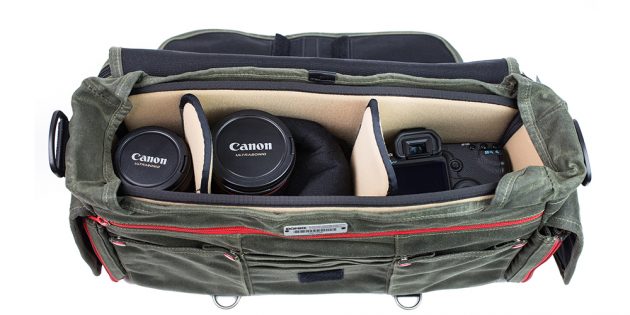
Use microfiber to clean the rest of the camera. If dirt does not collect on the camera, then it will not fall on the lens.
To protect the "glass" from dampness and mold, put several bags of silica gel in the bag. Just don't forget to change them periodically. If a fungus gets on the lens, you can't do without professional help.
The lenses of most lenses are coated with a special coating. In addition, the glass is very susceptible to scratches. So if you're cleaning, do it carefully.
It is not recommended to use liquids for cleaning lenses: they contain chemicals that can damage the coating. It is better to carefully remove the dust with a special brush or a pear. Try to keep the lens with the glass you are cleaning down so that the particles do not settle on it.
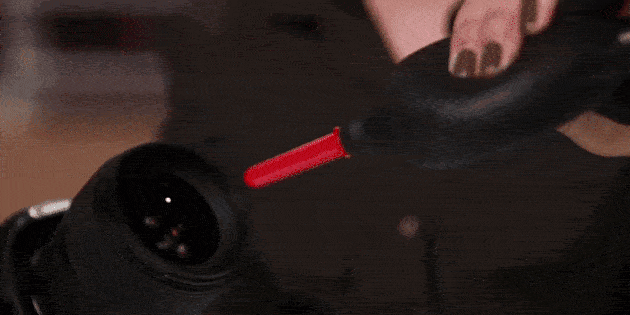
If possible, carry cleaning products with you: they can be useful at any time. And always hang the camera around your neck if you are not using a tripod. This way there is much less chance of breaking the camera.
You should not breathe on the glass and try to clean it with the edge of a T-shirt. This way you will damage the dusting and can leave even more marks on the lens.
Try not to touch the lens with your fingers. The temptation to peel off a piece of dirt can be very great, but in this case there will be traces on the glass. As a last resort, carefully remove them with microfiber.
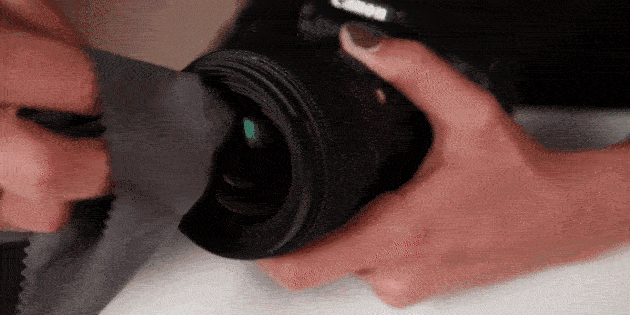
If water gets on the lens, do not let it dry and leave streaks. Just gently blot it with a cloth.